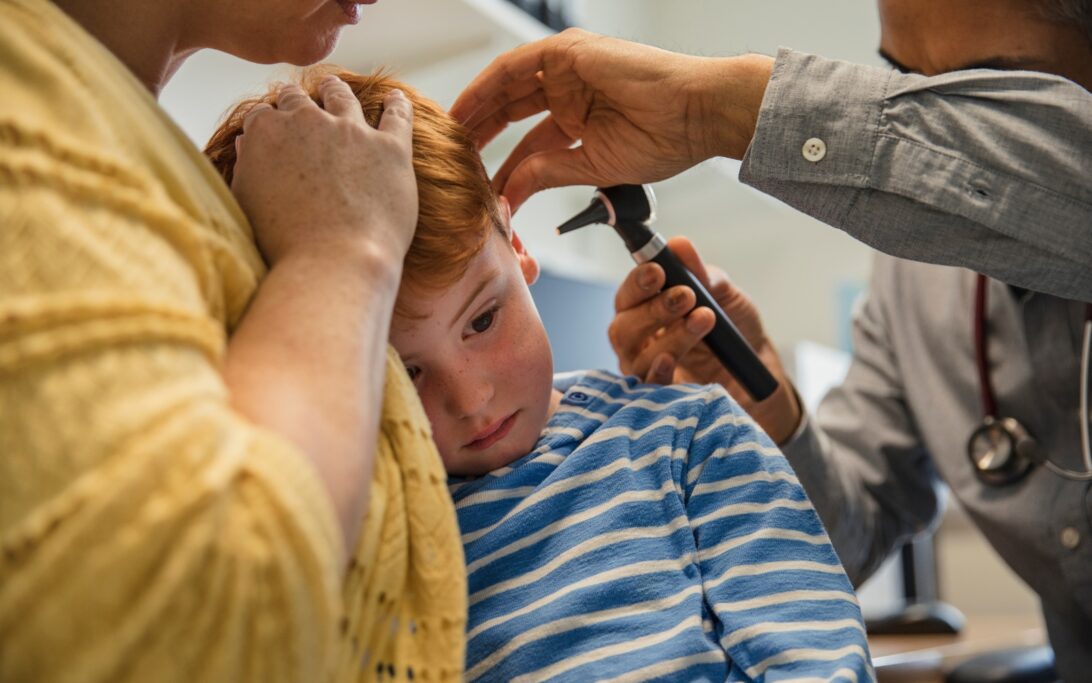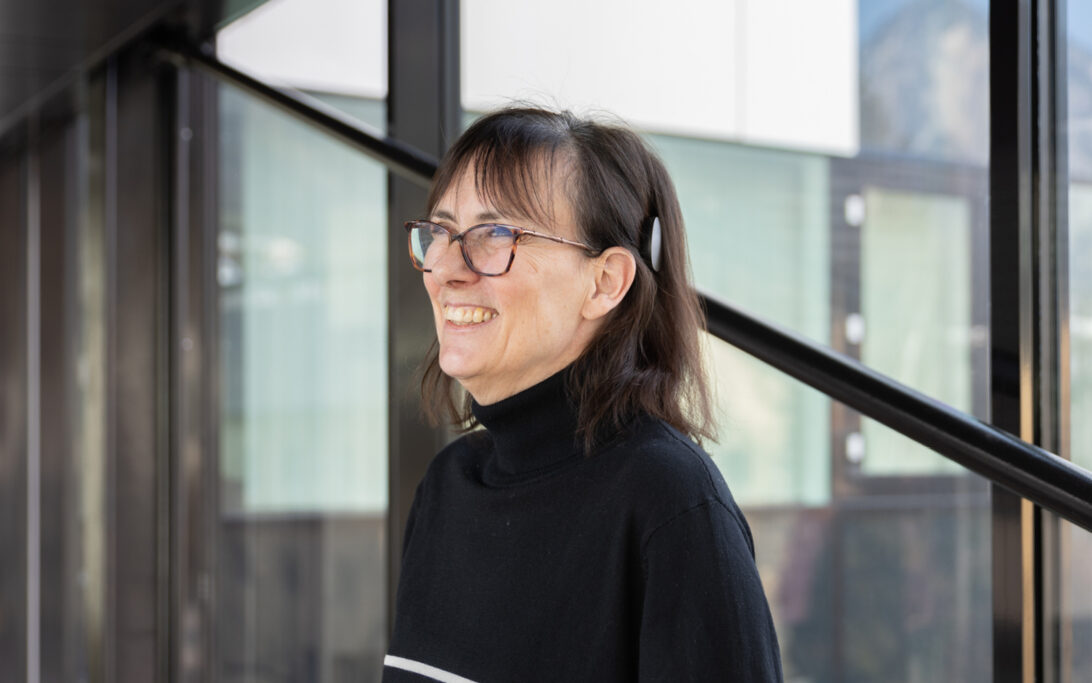
A microtia ear may just seem like an ear that looks different, but there’s actually a congenital condition behind it that can affect both hearing and quality of life. Sometimes microtia means having a tiny or unusually shaped ear; in other cases, it means being born with little to no external ear at all. But what exactly causes microtia, how is it diagnosed, and what treatments are available for people with no ears or underdeveloped ears?

.png)




